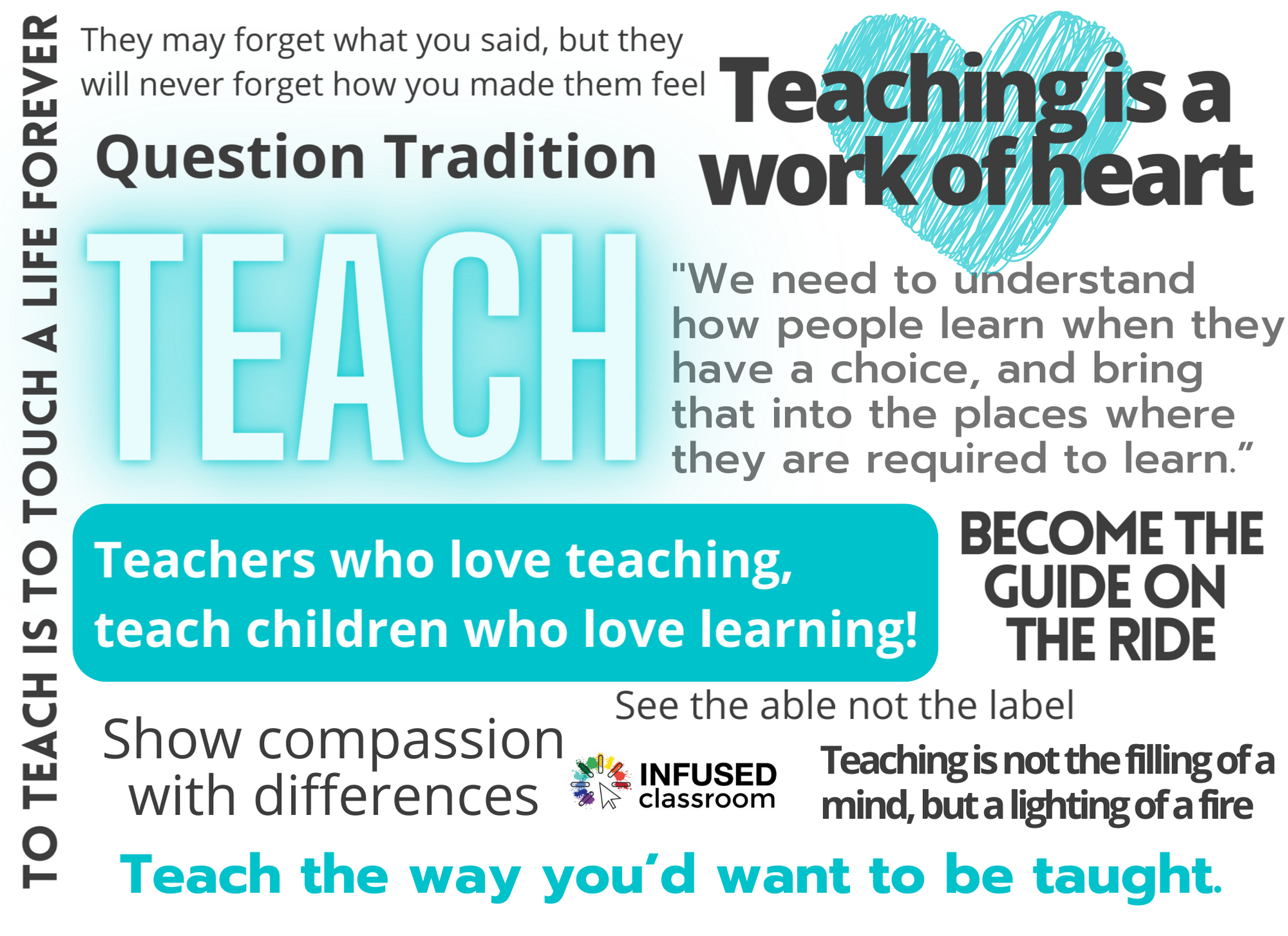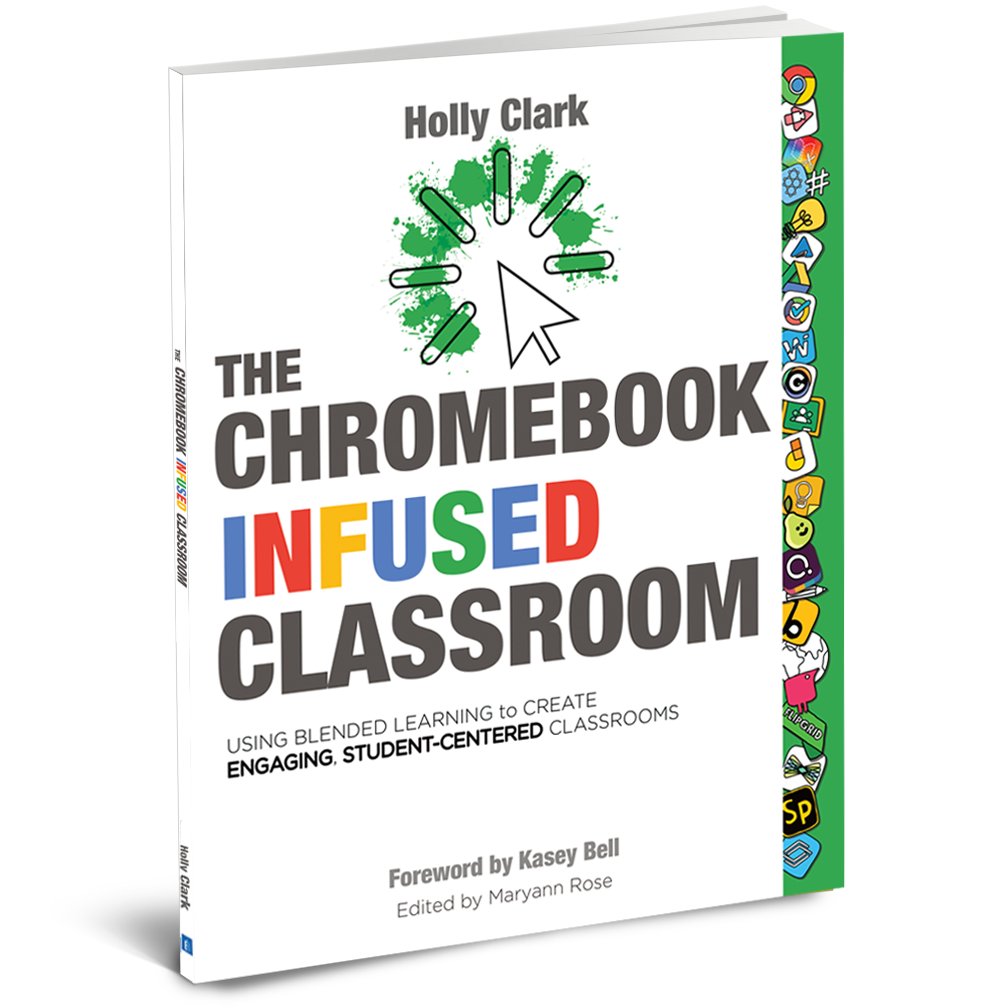The Infused Classroom Blog
Blended Learning for Student Engagement: A Lesson Example
Share Post
I had been hearing a lot about students not being engaged during the first round of remote learning, so as we started the new school year, I knew instinctively how I would combat this problem:
Enter Blended Learning for Student Engagement HyperDoc - Specifically the Manifesto HyperDoc. As with every HyperDoc, my co-teacher and I had to change it and make it our own, but the outcome was pure engagement - and powerful learning that was fun for the students. We added in some learning superpowers like Canva and Flipgrid to layer in the critical and creative thinking.
Result: Students telling me over and over again how much they loved the assignment.
Blended Learning for Student Engagement - The Lesson Overview
Students created their own Manifestos as a way to use words logically, effectively and meaningfully. They learned how to critically and creatively think about words and how to use them to create a theme. This became the for their first narrative writing project.
Other Subject Areas? YES!!
Create a Scientific Thinking Manifesto, A Mathematicians Manifesto - a Musicians Manifesto - A Manifesto for a Historical Time Period.
Grade Levels:
This could be done from grades 5-12.
Blended Learning for Student Engagement:
Summary of The Lesson
- Students learned about Manifestos using the guiding Manifesto Hyperdoc
- Through the Hyperdoc, they explored the idea of language and word choice - and learned how writing is an art that uses words to creatively paint a picture. Then, they created their own picture in words (the Manifesto) and learned that logical and powerful word choice doesn’t always have to happen in the form of five paragraph essays.
- Students curated words, powerful ideas and quotes that they would later use make their own manifesto documents
- Learned how to structure their ideas around a theme and main idea and why this was important
- They learned to paraphrase, curate quotes and craft their own words to help explain their thinking.
- Students used both writing and speaking to explain the ideas and imagery in their Manifestos.
- They then reflected on the process to better understand their own learning journey and themselves as learners.
Blended Learning Tools Used:
- HyperDocs: The Manifesto HyperDoc
- Google Docs: For Curating Lines and Phrases from the example manifestos, songs, videos and readings
- Common Lit: Read Poems and short stories to look for words and ideas that can be added to their personal manifesto
- Canva: Used to create Manifestos
- Google Slides: for turning in completed Manifesto with explanatory writing.
- Flipgrid: This is used for students to reflect and explain in their own words their Manifesto learning experience. This gave them an opportunity to show a deeper understanding of the project by talking about what parts they were proud of and where they might have done better.
Example Manifesto - The one I created as we worked.
Common Core Standards:
- Analyze the impact of specific word choices on meaning and tone
- Develop the topic with relevant, well-chosen facts, definitions, concrete details, quotations, or other information and examples.
- Produce clear and coherent writing in which the development, organization, and style are appropriate to task, purpose, and audience.
- Use technology, including the Internet, to produce and publish writing and present the relationships between information and ideas efficiently as well as to interact and collaborate with others.
ISTE Standards
- Students exhibit a tolerance for ambiguity, perseverance and the capacity to work with open-ended problems.
- Students select and use digital tools to plan and manage a design process that considers design constraints and calculated risks.
- Students choose the appropriate platforms and tools for meeting the desired objectives of their creation or communication.
- Students publish or present content that customizes the message and medium for their intended audiences.



